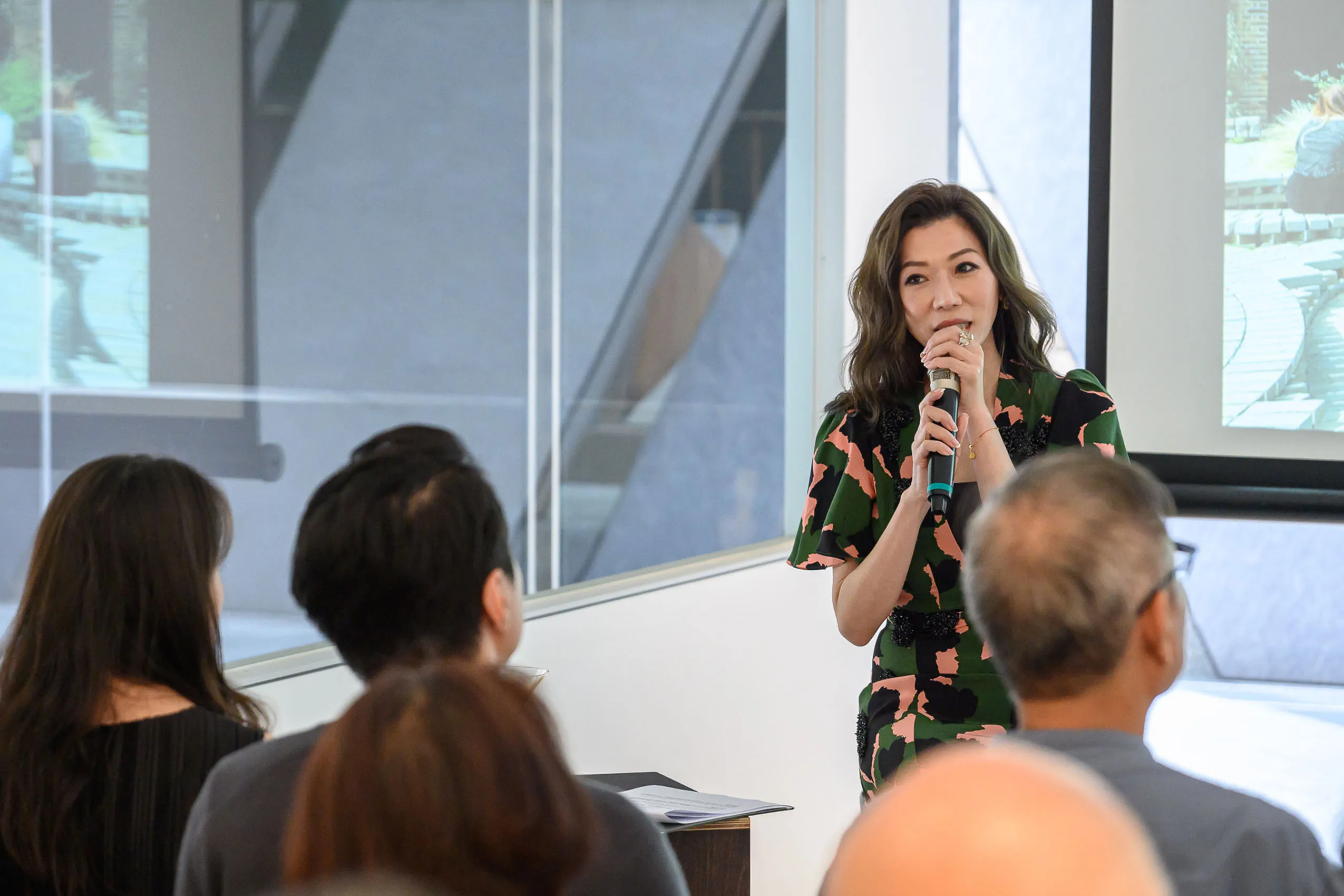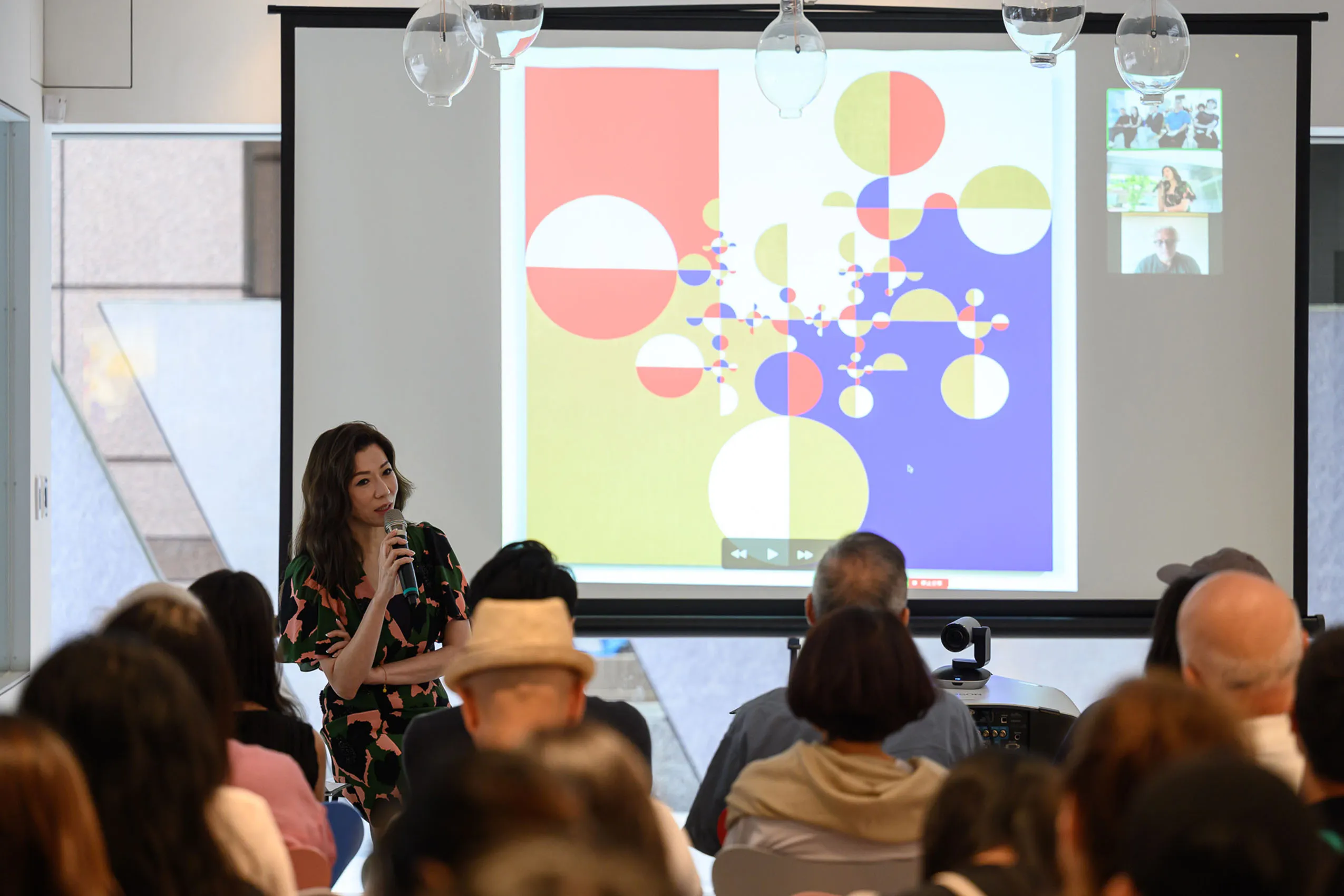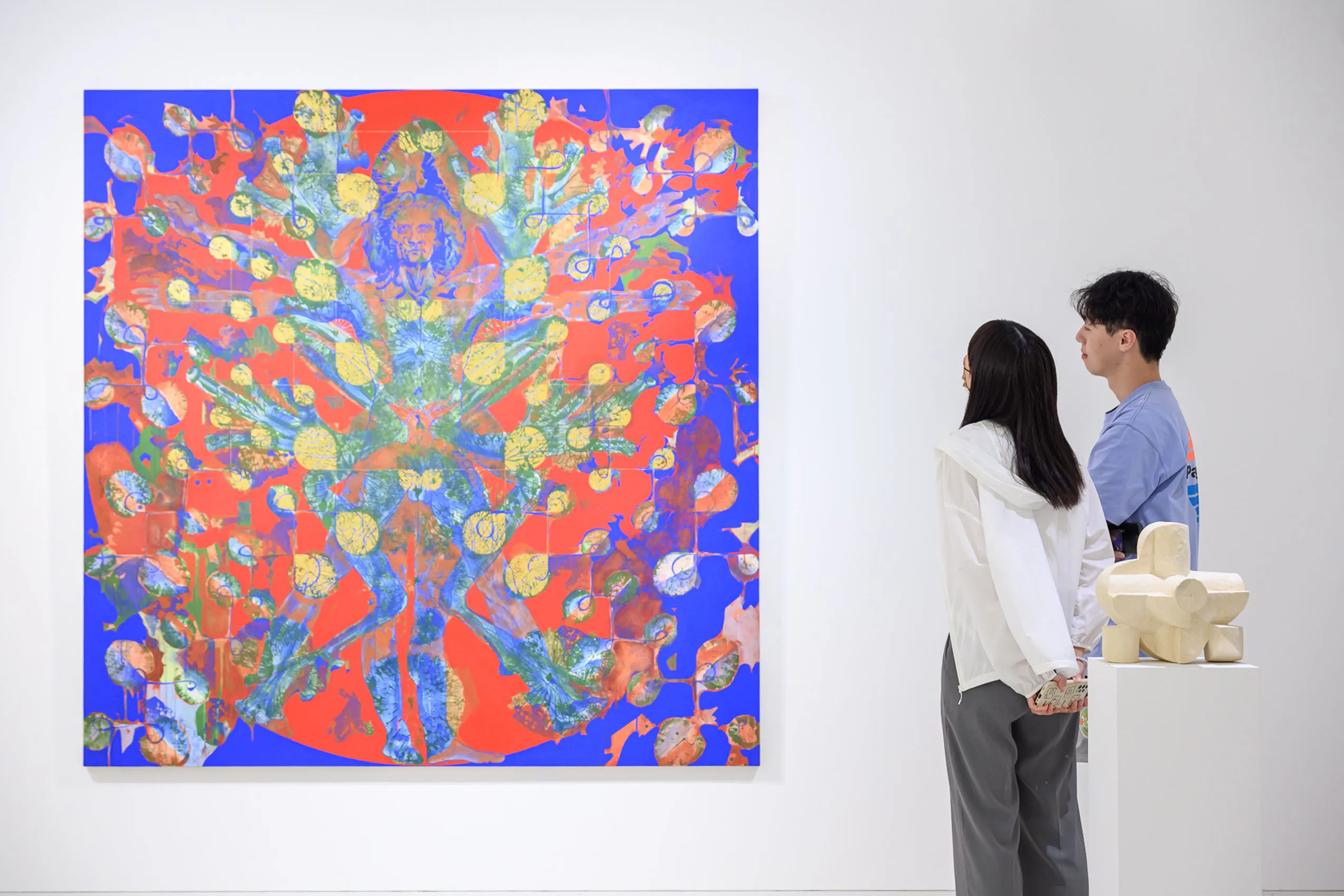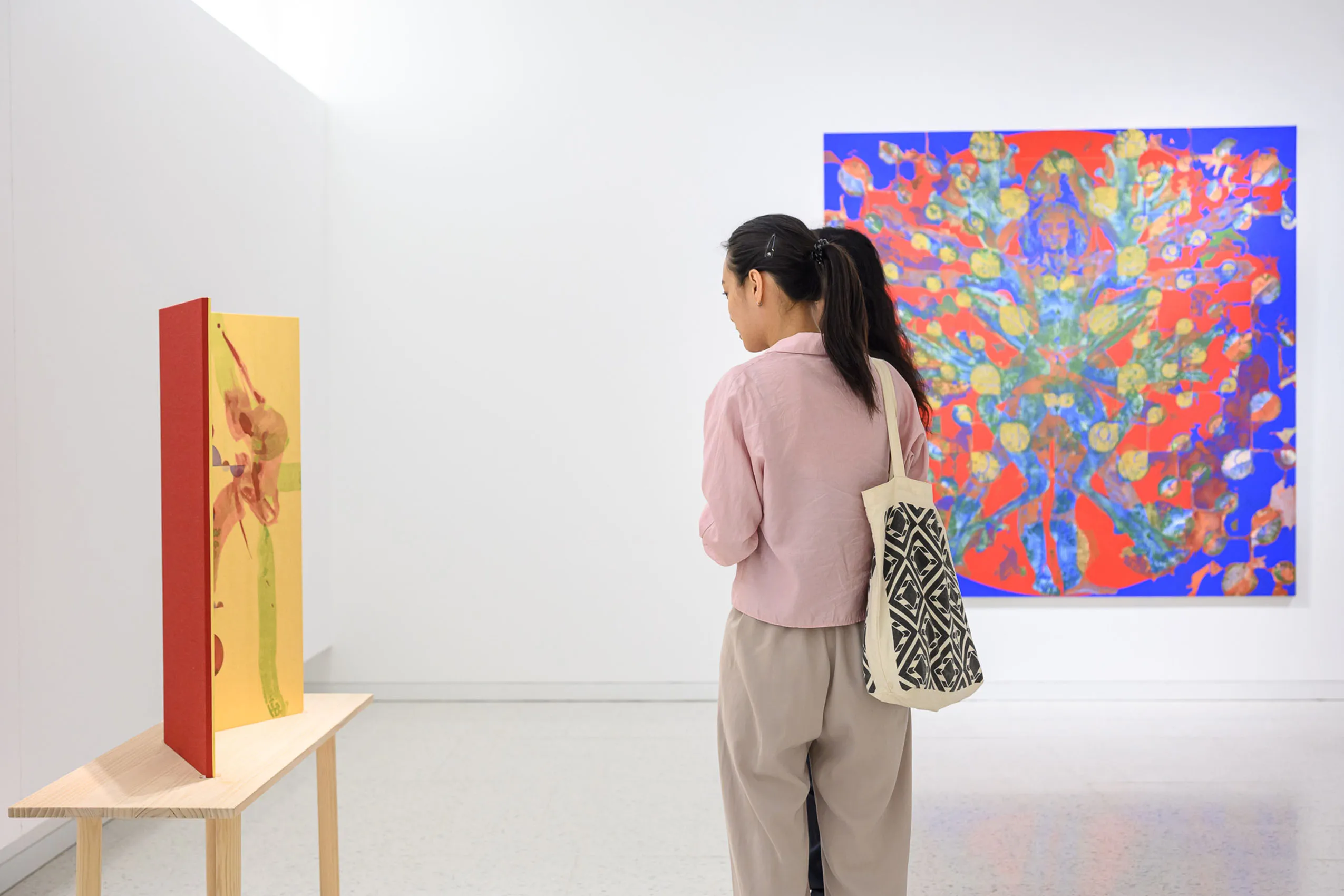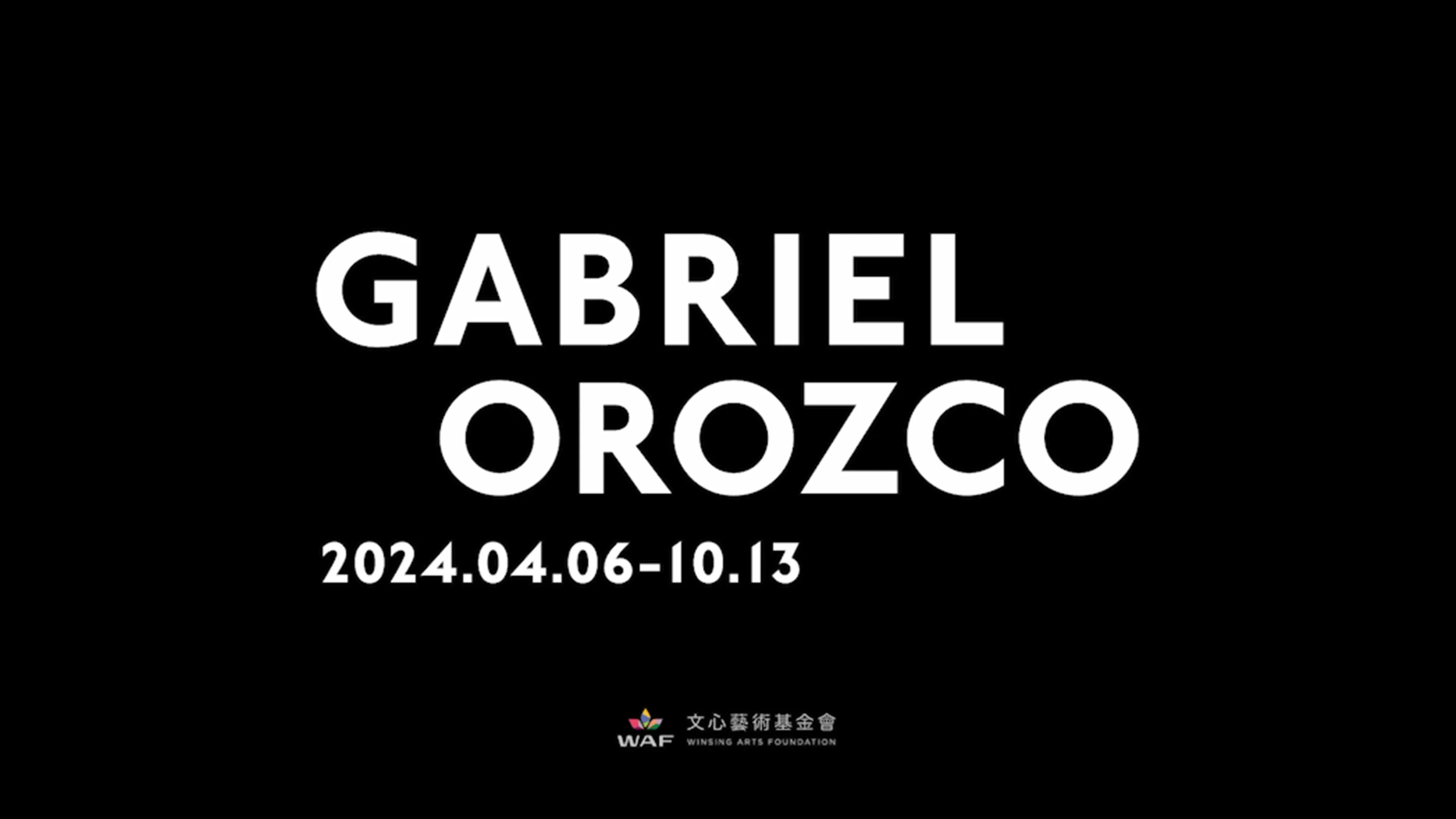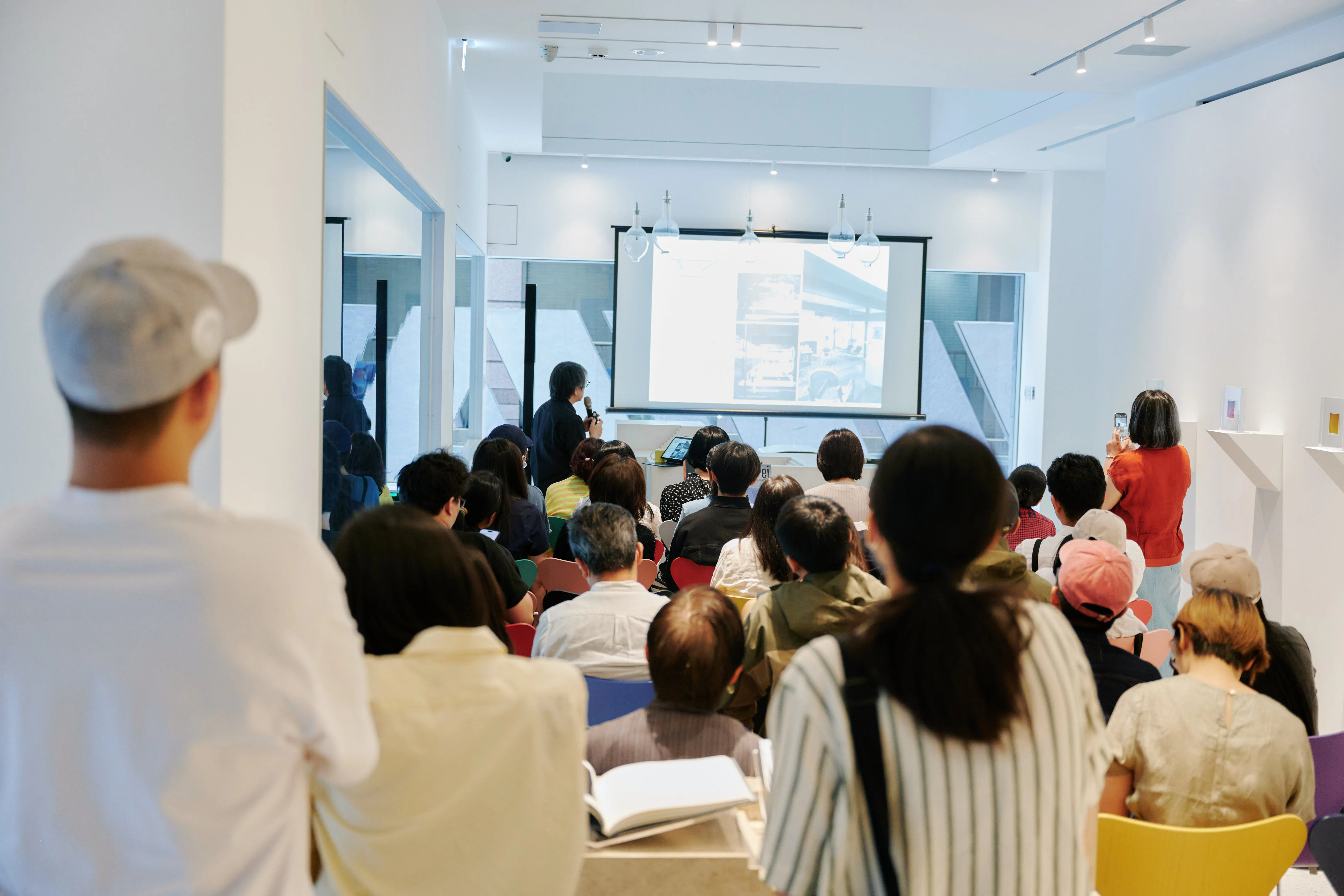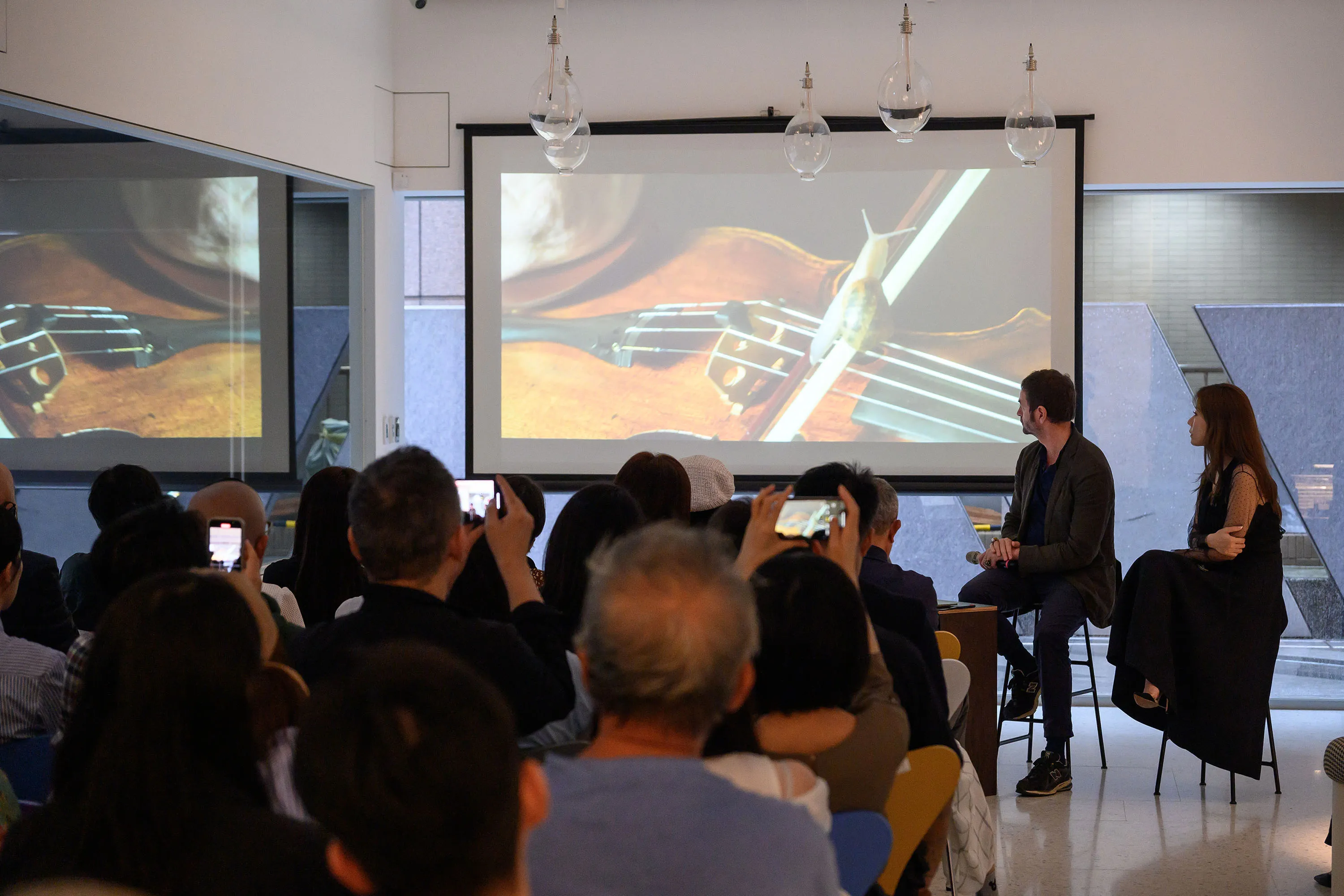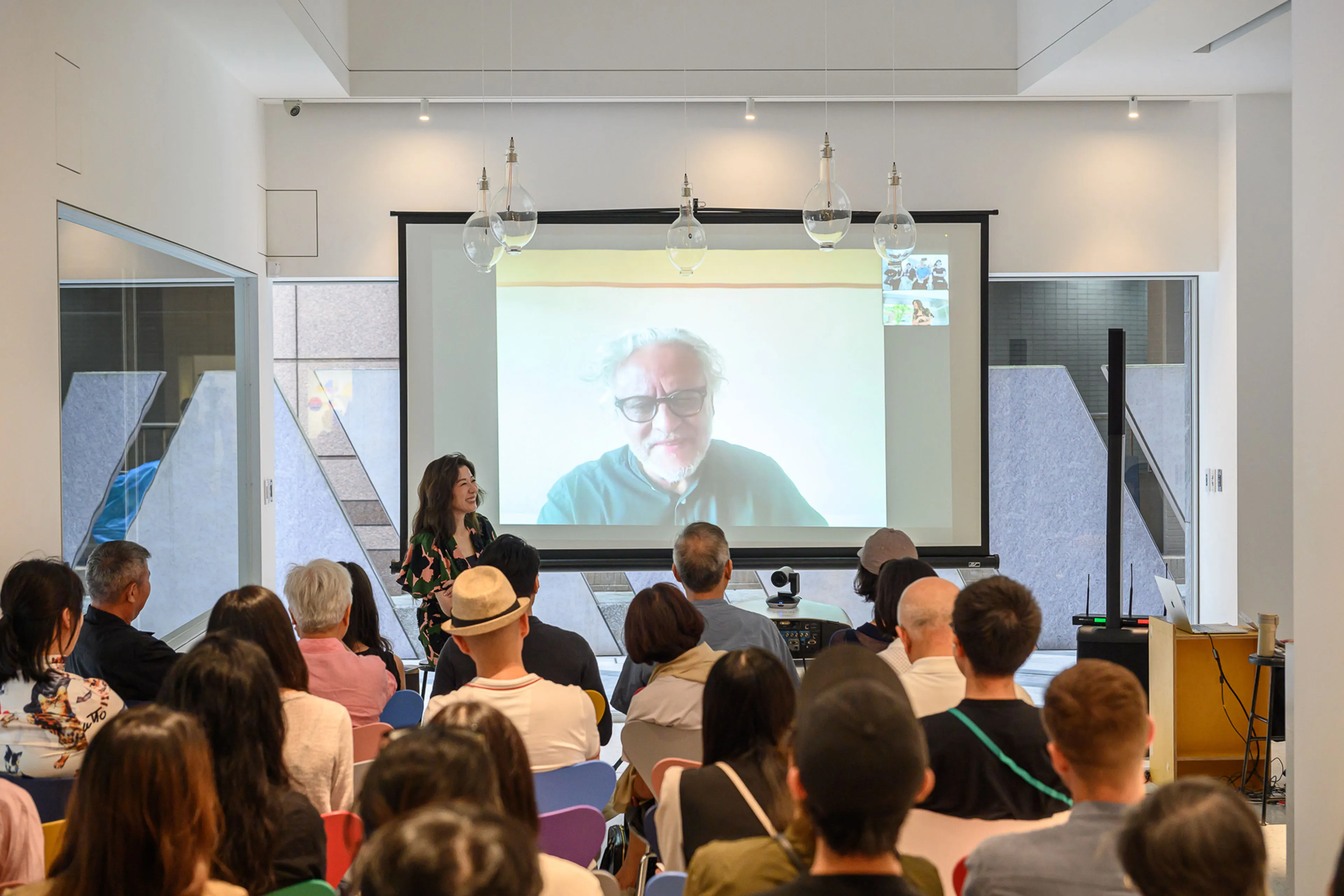
Artist Talk | Gabriel Orozco Solo Exhibition
Speakers
Gabriel Orozco, Artist
Jenny Yeh, Executive Director of Winsing Arts Foundation
Locations
Winsing Art Place (1/F. 6, Lane 10, Lane 180, Section 6, Minquan East Road, Neihu District, Taipei City)
Fees
Free, prior registration is required
Ages
Unrestricted
Introduction
Winsing Arts Foundation is proud to host an artist talk on the solo exhibition of the Mexican artist Gabriel Orozco at Winsing Art Place on Saturday, May 11. On the day, Gabriel Orozco was invited to chat online with Jenny Yeh, Executive Director of Winsing Arts Foundation , to discuss the artist's creative experiences and to share the history of the collection.
This exhibition will present Orozco's important series in two phases, the first phase in a conjunction of circular, spherical and continuous sequences of motion, including Light Signs, Suisai, Dé hélice, and more. Most of the artist's work is related to the trajectory of time and space, and he systematically presents images in different ways, creating works that are insightful from a poetic point of view.
Event Recap
Talking about the concept of circles, Orozco said: “I have always been interested in circles, since I was a child I loved playing soccer, doing all kinds of ball sports, and watching them move, bounce, and how they feel when they are played.” In addition to this, Orozco says that he loves plants, space, astronomy and more. He has also been fascinated by geometry since childhood, plays chess and observes the rules and procedures of chess knights. Executive Director Jenny Yeh also continued the circular theme, discussing with Orozco the principles of the use of colors in the Samurai Tree, and the meaning they represent; and from the Samurai Tree to the people, and finally to the circle, these elements relate to each other.
“I started collecting Orozco's work in 2017, and the first one I received was Samurai Tree, so I received his painting because I felt his painting was not painting, I felt it was a more three-dimensional, sculpture-like painting,” said Executive Director Jenny Yeh. Orozco also shared his thoughts: “For me, the way these works are presented is more like 3D, the word with sculpture or painting can be too limited, and I feel that in the end it will be to create in a variety of media, whether with pigments, ovals, stones, metals, water, air or ready-made materials. It also incorporates concepts of time and space, using these to explain how 3D works and the rules of nature, and how we feel about reality.”
At the end of the talk, Orozco shared his experiences of living and working in various parts of the world—including Mexico, Paris, Korea, Japan, and Bali, Indonesia. He often works with local materials, forming connections with the objects and landscapes that surround him. One example is Light Signs, a lightbox installation created for the Gwangju Biennale. He also spoke about the inspiration and process behind Working Table, Tokyo, which will be featured in the second phase of his solo exhibition at Winsing Art Place. Additionally, he discussed recent projects such as Orozco Garden at South London Gallery and a large-scale design initiative in Chapultepec Park, Mexico, both of which explore the relationship between landscape and the human body.


